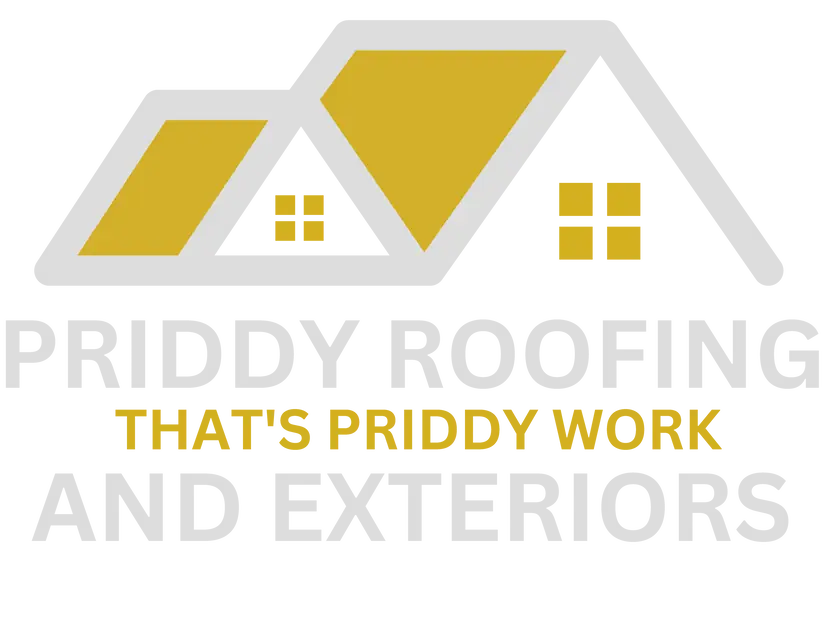When your roof is damaged by a storm, there’s a good chance your insurance company steps in to cover the cost of repairs or replacement. But as you review your claim, you might notice two terms that seem confusing: Overhead and Profit, often abbreviated as O&P.
If you’ve looked at your insurance paperwork and thought, What’s this extra 20% charge?, you’re not alone. Let’s break it down in simple terms—and we’ll even use something you already know: eating out at a restaurant.
Understanding the Basics of Overhead and Profit
When an insurance company pays for roof repairs, they calculate the costs based on line items—materials, labor, removal of debris, etc. These are the nuts and bolts of the project.
But just like a dinner bill includes more than the price of the steak, roofing jobs come with built-in business costs that aren’t as visible.
That’s where Overhead and Profit come in.
- Overhead: These are the costs your contractor takes on just to run their business—things like vehicles, tools, project managers, office staff, insurance, licensing, and more.
- Profit: This is what allows the contractor to stay in business and reinvest in quality crews, safety training, and long-term support.
Together, these two typically add about 20% to the job cost—10% for overhead and 10% for profit.
Think of It Like Dining Out
Let’s say you’re at your favorite local restaurant. You order a meal, enjoy great service, and at the end of the night, you tip your server.
Why? Because you understand your bill doesn’t just cover the ingredients and cooking—it supports the whole experience. The hostess, the dishwasher, the lighting, the ambiance, and yes, the server who made sure your night went smoothly.
That tip is kind of like profit.
The restaurant’s overhead includes rent, insurance, staff wages, kitchen equipment, and everything else it takes to keep the doors open and deliver a great experience.
A roofing contractor works the same way. The final price of your roof isn’t just shingles and nails—it’s also the support structure behind the scenes that ensures the job gets done correctly, safely, and on time.
Why Do Insurance Companies Pay Overhead and Profit?
Insurance companies include O&P in estimates when the project requires a general contractor—someone who coordinates multiple trades (roofing, gutters, siding, etc.) and oversees the full scope of work.
This coordination takes time, resources, and expertise. If your home needs more than just a shingle patch, you’re not hiring a single roofer—you’re bringing in a full team managed by a licensed pro.
The insurance company includes O&P in their estimate when:
- The job is complex and involves more than three trades.
- There’s a need for project coordination and compliance with local codes.
- The project size requires a general contractor to organize and schedule work crews.
They’re not doing this as a favor—it’s a recognized industry standard. The cost of project management is real, just like that restaurant’s rent and utilities are real.
But Why Does It Feel Like the Insurance Is "Charging Extra"?
That 20% might look like an unnecessary bonus on the surface—but remember, it’s not money going to waste. It ensures:
- The job gets done right the first time.
- Your home is protected long-term.
- The contractor is accountable and can stand behind their warranty.
Skipping O&P is like trying to run a restaurant without a kitchen manager. Chaos, delays, and mistakes follow.
Here’s what homeowners need to understand: You’re not being overcharged—you’re being covered. That O&P charge ensures qualified professionals take care of your home, not someone cutting corners to underbid the job.
Can You Skip It or Handle It Yourself?
Some insurance adjusters may try to leave O&P out, especially if they think the job is “simple.” Others may argue you can coordinate the trades yourself.
But roofing and restoration projects aren’t as easy as calling a couple of buddies. Without a trained general contractor:
- You’re juggling permits, crews, materials, and timelines.
- You’re liable if something goes wrong.
- You may void manufacturer warranties if the job isn’t done to spec.
It’s not just about replacing a few shingles—it’s about protecting your home’s value and your peace of mind.
How a Reputable Contractor Handles O&P
Experienced roofing companies know how to work with insurance carriers to ensure all necessary costs—including O&P—are covered. They won’t shortcut the job just to match a lowball estimate.
Instead, they’ll:
- Do a full free inspection to understand the full scope of damage.
- Provide a detailed estimate that reflects actual costs, not shortcuts.
- Work directly with your adjuster to make sure your claim includes all necessary items, including O&P.
- Manage the crews, timeline, and quality control from start to finish.
That means less hassle for you—and a finished product you can feel confident about.
Three Steps to Protect Your Home (and Your Wallet)
Here’s how homeowners like you can make sure your roof is properly restored without leaving money on the table:
- Get a free inspection to assess the damage and determine if the job qualifies for overhead and profit.
- Pick your roof and get it installed by a contractor who knows how to manage the insurance process properly.
- Rest easy knowing your home is restored by pros who didn’t cut corners—so your family is safe and secure.
You Deserve a Full-Covered Roof, Not Just a Patch Job
Think of overhead and profit not as a bonus, but as a necessary piece of the puzzle to get your home back in top shape. Just like you tip your server because you value good service, O&P ensures the skilled professionals behind your roof are taken care of—so they can take care of you.
Insurance may seem complicated, but it doesn’t have to be. When you partner with the right roofing team, you don’t have to navigate it alone.

